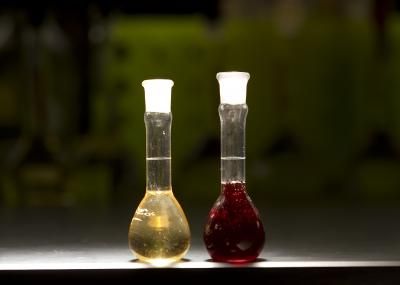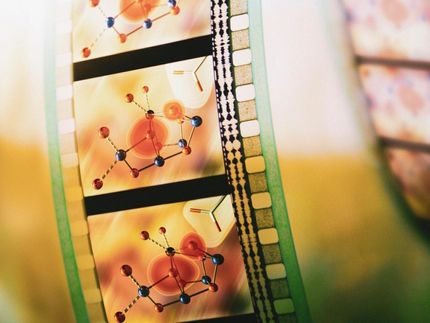Making fuel from light
Advertisement
Refined by nature over a billion years, photosynthesis has given life to the planet, providing an environment suitable for the smallest, most primitive organism all the way to our own species.
While scientists have been studying and mimicking the natural phenomenon in the laboratory for years, understanding how to replicate the chemical process behind it has largely remained a mystery - until now.
Recent experiments at the U.S. Department of Energy's Argonne National Laboratory have afforded researchers a greater understanding of how to manipulate photosynthesis, putting humankind one step closer to harvesting "solar fuel," a clean energy source that could one day help replace coal and natural gas.
Lisa M. Utschig, a bioinorganic chemist at Argonne for 20 years, said storing solar energy in chemical bonds such as those found in hydrogen can provide a robust and renewable energy source. Burning hydrogen as fuel creates no pollutants, making it much less harmful to the environment than common fossil fuel sources.
"We are taking sunlight, which is abundant, and we are using water to make a fuel," said Utschig, who oversaw the project. "It's pretty remarkable." Unlike the energy derived from solar panels, which must be used quickly, hydrogen, a solar fuel, can be stored.
Argonne researchers attached a protein from spinach to both a light-absorbing molecule and to a hydrogen-producing catalyst. The protein helped stabilize both the catalyst and photosensitizer, allowing scientists to observe direct electron flow between the two for the first time.
Researchers used transient optical spectroscopy, a method for detecting very fast changes in the light absorption of a molecule when illuminated with a laser pulse, to observe changes in the color of a compound as it undergoes chemical reactions. They also employed electron paramagnetic resonance, another form of spectroscopy, to study where electrons move inside a molecule.
"We don't just see the result, the hydrogen," Utschig said. "We are peering into this system. We are able to really see how it works and what the essential parts are. Once you know that, the next time you try and design something, you can make it better because you understand it."
Other news from the department science
Most read news
More news from our other portals
See the theme worlds for related content
Topic world Synthesis
Chemical synthesis is at the heart of modern chemistry and enables the targeted production of molecules with specific properties. By combining starting materials in defined reaction conditions, chemists can create a wide range of compounds, from simple molecules to complex active ingredients.

Topic world Synthesis
Chemical synthesis is at the heart of modern chemistry and enables the targeted production of molecules with specific properties. By combining starting materials in defined reaction conditions, chemists can create a wide range of compounds, from simple molecules to complex active ingredients.



































































